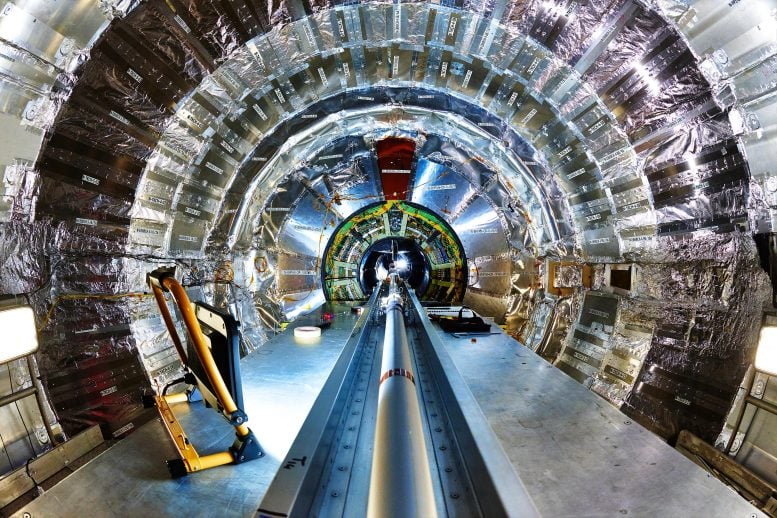Two Killer Asteroids Are Flying by Earth, and You May Be Able to See One
"The smaller of the pair was spotted only this month and could be visible with binoculars as it passes by our planet within the distance to the moon.

This week, two asteroids — one big enough to destroy a city, and the other so large it could end civilization — are set to fly near our planet.
Don’t panic.
Both have a zero percent chance of impacting Earth. And, depending on where you are in the world, you may even be able to see one of them.
The bigger of the pair, (415029) 2011 UL21, will travel at a distance more than 17 times farther away than the moon on Thursday at 4:14 p.m. Eastern time. It is a whopping 7,600 feet long, but it will be too far to spot easily without a strong telescope.
However, two days later, the smaller space rock, named 2024 MK will get considerably nearer to humanity. On Saturday, at 9:46 a.m. Eastern time, it will zip by Earth at 75 percent of the distance to the moon. If you have a decent backyard telescope or perhaps even with some good binoculars, and your skies are cloud-free, you could see the 400- to 850-foot rock as a speck of light zipping across the starry night.
“The object will be moving fast, so you have to have some skills to spot it,” said Juan Luis Cano, a member of the Planetary Defense Office at the European Space Agency.

Stargazers in the United States, particularly those farther to the southwest, may catch the asteroid flitting past the planet. Those atop Hawaii’s Mauna Kea volcano will be well positioned to see it as the asteroid zooms by before sunrise. However, people in South America may have the easiest viewing experience, said Andrew Rivkin, a planetary astronomer at the Johns Hopkins University Applied Physics Laboratory.
Small asteroids and cometary fragments occasionally pierce Earth’s atmosphere, creating a harmless light show. Many more rocky and icy shards just miss the planet, and often squeeze between Earth and the moon.
An asteroid the size of 2024 MK threading this celestial needle is less common. “Passes this close by things this big are rare but happen on decadal timescales — this will be the third (that we know of) this century,” Dr. Rivkin said in an email.
Anyone that fails to spot 2024 MK need not feel left out for too long. On April 13, 2029, Apophis, a 1,100-foot-long asteroid, will fly less than 20,000 miles above Earth’s surface, closer than the orbits of geosynchronous satellites — meaning it will be visible to the naked eye.

Such close approaches are useful for planetary defense researchers. This week’s asteroids will be pinged by radar arrays on Earth, making it possible to pinpoint precisely their dimensions and onward journeys.
“These measurements will reduce the uncertainties in their motion considerably and enable us to compute their trajectories further into the future,” said Lance Benner, the principal investigator of the asteroid radar research program at NASA’s Jet Propulsion Laboratory.
The double flyby also serves as a serendipitous preview of Asteroid Day on June 30 — an occasion endorsed by the United Nations that is designed to raise awareness about asteroid impacts.
On that day in 1908, a space rock roughly 160 feet across exploded above a remote swath of Siberia, instantly leveling 800 square miles of forest — about the area of the Washington D.C. metro area. It is known as the Tunguska event after a river flowing through the region it destroyed.
Although more are discovered every year, most near-Earth asteroids capable of destroying a city are yet to be found. Fortunately, many more may be spotted by a pair of telescopes that are under construction — the multipurpose Vera C. Rubin Observatory in Chile, and NASA’s Near-Earth Object Surveyor spacecraft.
The 2024 MK asteroid is at least twice the length of the Tunguska impactor. It is certainly welcome that the asteroid was found before its encounter with Earth, and that it will miss us. But astronomers just discovered the space rock on June 16.
“The case of 2024 MK is yet another reminder about the fact that there are a lot of large objects still to be found,” Dr. Cano said. Space agencies have the plans, and technology, to defend the planet from killer asteroids — but only if they find them before the asteroids find us."
